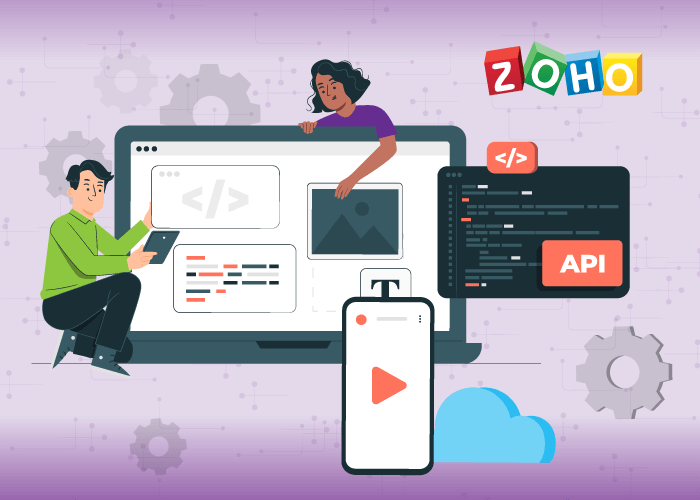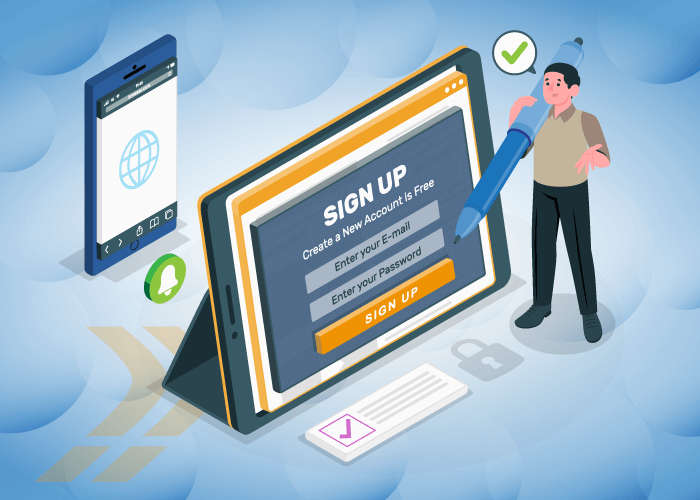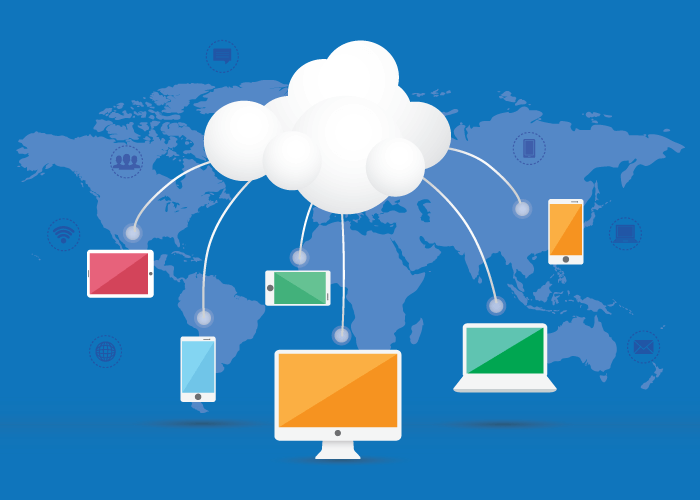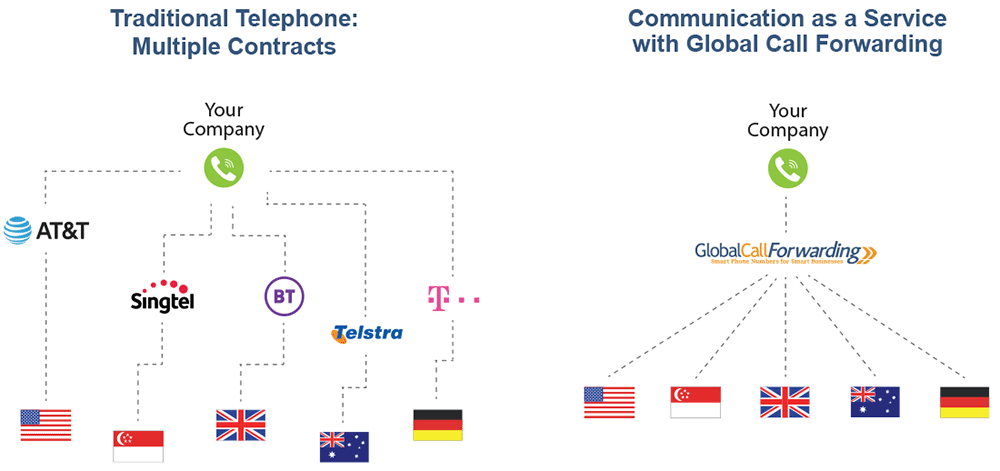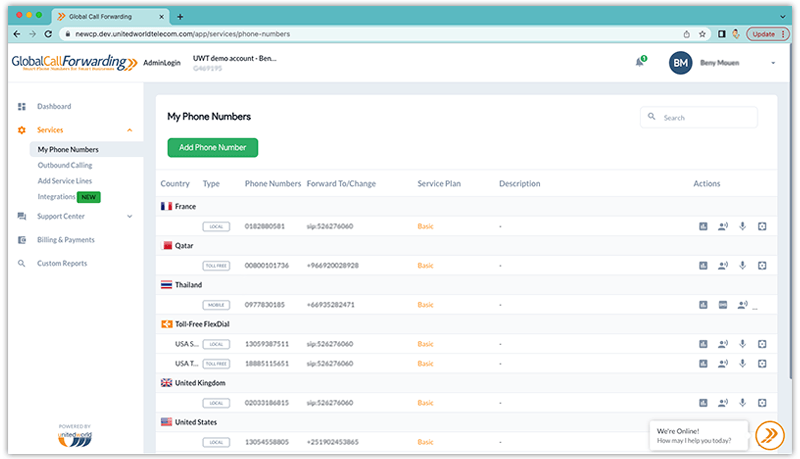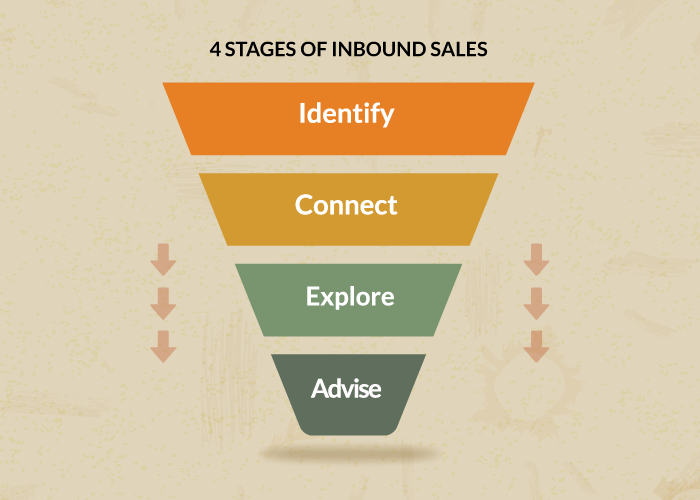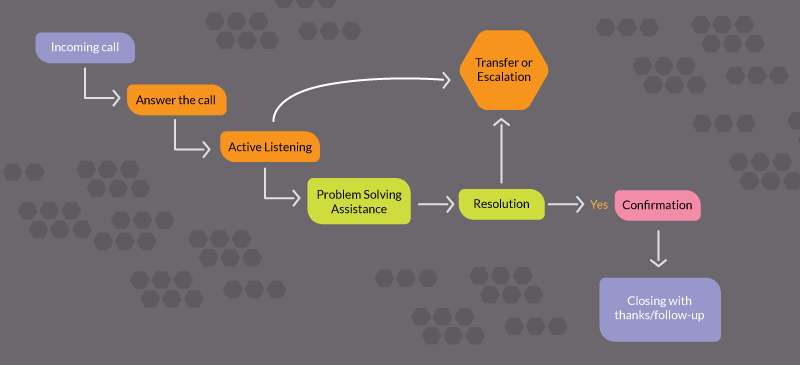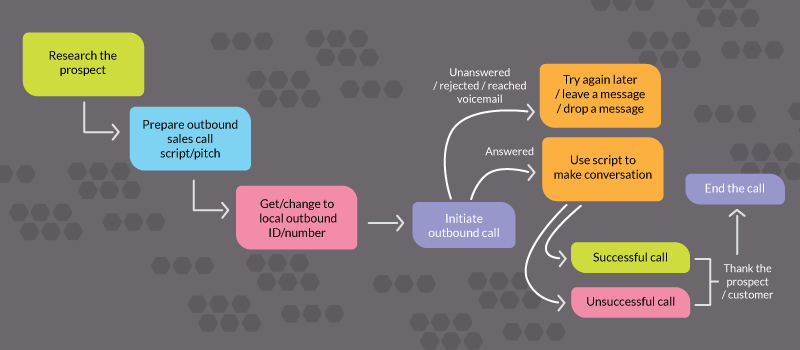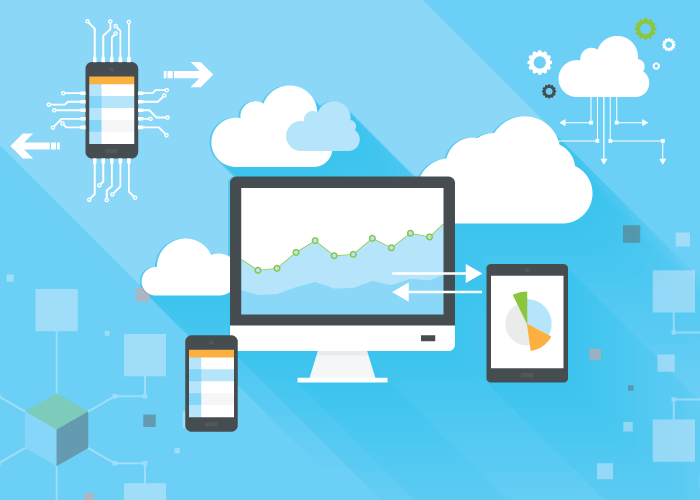In today’s interconnected world, businesses rely heavily on internal IT help desks or service desks to provide crucial technical support for their employees.
Think of the service desk as the nerve center. Its main job is to efficiently handle a wide range of issues and requests, ensuring smooth operations and prompt resolutions.
But imagine taking this pivotal support system to a global scale: a global service desk hotline that transcends borders and time zones, allowing businesses to provide round-the-clock assistance in multiple languages.
Such a setup is not just essential; it is a game-changer for businesses aiming to deliver many benefits including unparalleled customer service, optimized workflows, empowered IT staff, and more.
Now these service desks may cater to different communication channels, depending on your business’ needs. But we’ll focus specifically on voice and phone services.
In this article, we will delve into key telecom tips to enable a global service desk hotline successfully.
What is a Global Service Desk Hotline?
A global service desk hotline is a vital communication platform connecting users with the IT department or service provider to resolve various issues. And it is designed to offer assistance to users across multiple locations or countries.
You can embrace this seamless support experience to ensure smooth operations on a global scale. The hotline will offer real-time solutions, troubleshoot hardware and software concerns, and guidance on various services.
This type of communication platform is also called a service desk, IT service desk, IT help desk, global help desk, and so on.
Who Can Benefit from a Global Service Desk?
Businesses of any size and in any industry can create and use global help desks in many ways. The most common use case, however, is where businesses have an internal IT help desk or service desk that employees can phone in for technical support.
But your business can use these help desks for wherever you need the support. When developed properly, and with the right communication tools, your teams can experience easy communication and collaboration.
Enabling a Global Service Desk Hotline: 7 Tips
Having a reliable and accessible service desk hotline is crucial when it comes to providing quality customer support to your employees and users. If you plan to expand your business operations internationally, then you may need a well-established global service desk.
However, setting up a seamless and efficient hotline can be a daunting task. To help you get started, we have compiled a list of important steps that will enable you to establish a robust global service desk hotline:
1. Determining Countries of Callers
The first step is to figure out the countries from which employees or customers will be making calls to the service desk. This information is crucial for planning the telephony setup. Take into account the different departments that need access to tech support information. With employees, include local, global, hybrid, and remote teams. And with customers, make a list of all the countries your customers reside in.
You can also audit your call detail records to determine which countries inbound calls commonly originate from. For example, you can download your CDRs as an excel file and then filter by caller ID to understand which countries are calling you the most.
2. Understanding Inbound Call Volume
Next, before setting up your voice infrastructure, it’s vital to get an understanding of the volume of inbound calls expected from different countries. Look at past high call volumes and call traffic trends; your telephony system should be able to help you with this. Again, you can download CDRs and audit call activity to understand average call volumes and peak seasons.
This helps in making informed decisions about the telephony resources required.
3. Handling Low Call Volume in Certain Countries
In some countries it is likely that carriers will automatically disconnect the line if there is no usage or very limited call volume. Global Call Forwarding has mechanisms in place to prevent this, and we have helped customers facing such challenges.
4. Choosing Toll-Free or Local Numbers
Next, consider how employees will contact your help desk. You must determine whether it’s better to offer toll-free numbers or local phone numbers.
In our experience, we have seen that clients prefer toll-free numbers as their service desk hotline. These numbers are free for callers to dial and therefore encourage more employees to get in touch for support.
While many clients of our prefer a single “global toll-free” phone number, we typically recommend international toll-free service or ITFS numbers. This is because these numbers cost less, require fewer documents, and are generally more reliable.
5. Routing Calls
The next step involves determining how calls will be routed. Some key questions to be considered are:
- Do you already have a PBX and just need to enable global connectivity from other countries?
- Do you want to send calls directly to an office number or forward them to employees’ mobile phones?
- Would your teams benefit from advanced routing functionality?
- Do you want to rotate on-call agents according to a schedule, or simply make real-time changes?
Global Call Forwarding customers can benefit from a wide variety of advanced routing features that come with each of our plans. For example, you can ring people in groups sequentially or simultaneously or ring extensions on our GCF softphone. You can also route calls based on predetermined rules such as location-based or time-based routing, etc.
6. Choosing a Global Telephony Provider
Opt for a global telephony provider with number coverage in the countries from which you receive calls. You want to make sure your provider can promise reliable communication at competitive rates for your target countries.
Check out our Country Coverage to see if we cover your regions.
Besides voice coverage, make sure your selected provider can also offer your desired features and functionalities.
Related: How To Choose a Global Telephony Provider?
7. Contacting Sales or Getting a Demo
The best way to equip your service desk with a high-quality phone system is to test the platform beforehand. We recommend that you talk to the telephony service provider’s sales team and request a personalized demo.
Help them understand your specific use case so they can show you solutions tailored to your needs. You may even sign up for a free trial or account. This helps in understanding the services offered and testing the call quality to make a well-informed choice.
Communication for Global Workforce and Users
Enabling a global service desk hotline requires careful planning and consideration of various factors. By following the aforementioned steps, you can set up an efficient and accessible support system that caters to your employees and users worldwide.
Make Global Call Forwarding your reliable telephony provider! We specialize in simplifying the process of provisioning global phone numbers for your service desk. We also provide access to a self-service portal to enable your global service desk from any device.
Ready to enhance your business communication on a global scale? Contact us today and experience seamless connectivity and top-notch support for your service desk.
Want to see Global Call Forwarding in action? Request a demo or read what happens after you sign up.



